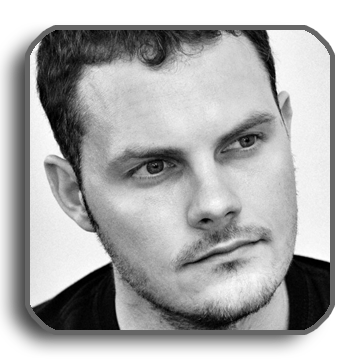Using the storygraph as a map
by rainwiz. Average Reading Time: about 2 minutes.
In the last post I've introduced the storygraph as new deliverable to visualize the user needs/touchpints grid. Now I want to show how the storygraph had become a tool for discovering common user journeys.
I'm a designer with a background in anthropology. My whole career is made of encounters as a common space of dialogue and exchange. Every researcher has his attitudes and his favourite techniques:
- reactive observation (observe people when you’re consciously operating a influence – spur – over them)
- non reactive observation (observe people when you’re not operating any influence – verbal, behavioural etc – over them)
- immersion (be in context, daily, and interact with people inside their own environment)
- interview (hermeneutic, narrative, in depth, looking for the other’s point of view towards the world)
- artifact analysis (collect products – text and other stuff – made by people you’re interested in)
- performance (using theathre, profound gaming, simulations, role play to create the context of a relation)
- auto documentation (people have tools to create their own self representation. Diary, documentary, fiction etc)
- …and so on
Storytelling, i.e., the activity of harvesting, crafting and presenting stories, is the leading technique of my research toolbox. As Kevin Brooks and Whitney Quesenbery say, "a story is not just a collection of statements: it's an active mechanism for communicating events, contextual informations and for developing connections between people". Stories have a lot of roles in UX process: they can simply explain a persona/scenario/journey, they can open new perspectives, they create a common space of understanding, they can persuade your decision makers.
I use to collect stories from a variety of sources: direct interviews (users or operators), recorded interviews, emails, customer relationship data, usability test, user feedback, social media. Then I catalogue those stories with a simple tagging & categorizing tool like evernote or a wordpress internal blog. Here's two examples of story sheet.
The documentation of a story is made by two parts: write the story down as the user tells it (tale), then rebuild the events in a linear order (plot) trying to identify when an interaction pass through a managed touchpoint.
Following Gianluca Brugnoli's example, I started using the storygraph to represent any user story.
Connecting the dots and using a color code you can transform the storygraph to an experience map, that is a powerful tool you can use in a lot of situations:
- stakeholders meeting
- project team alignment
- brainstorming session
- user journey test
The storybook template is available to download




One comment on ‘Using the storygraph as a map’
Leave a Reply